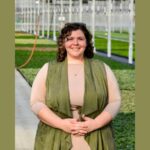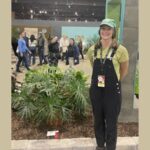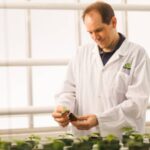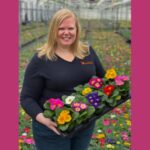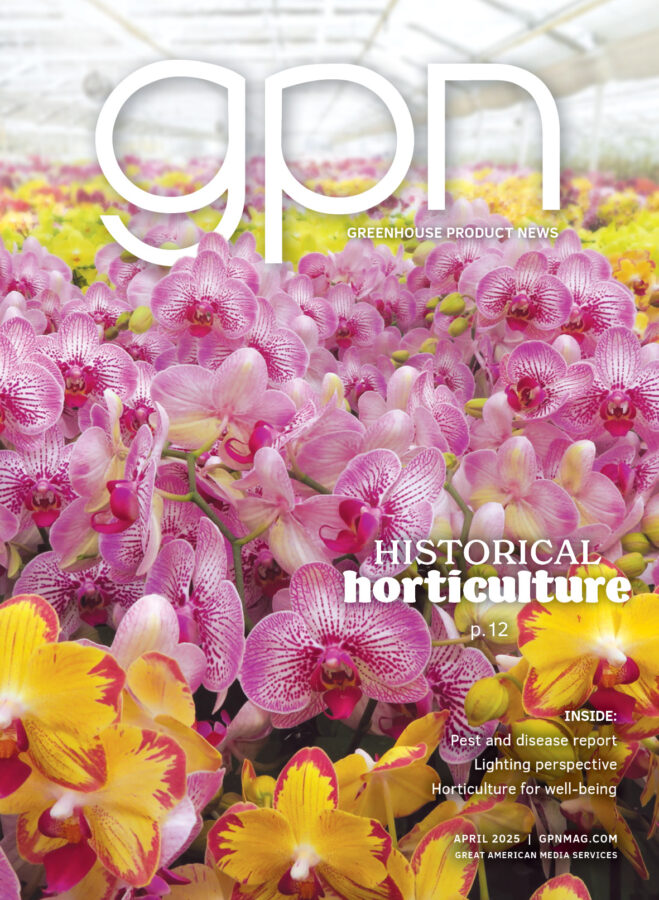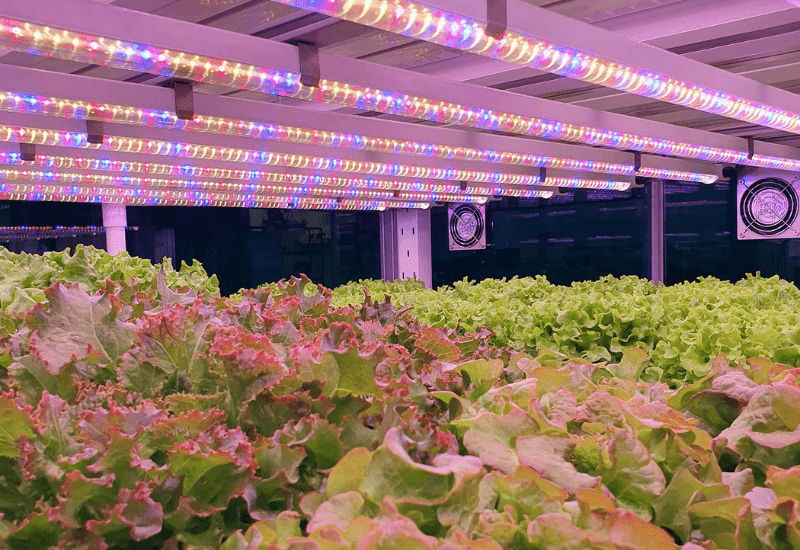
Technically Speaking: Extended photosynthetically active radiation (ePAR) can increase plant growth
In controlled environments, light is often the limiting factor for photosynthesis and thus crop growth. When quantifying light, usually the first thing we consider is its intensity. In particular, we are interested in the number (flux density) of photons within the photosynthetically active radiation (PAR) waveband, which is from 400 to 700 nm, delivered per square meter and second or day.
There are compelling reasons to include photons outside of this waveband, especially far-red photons from 700 to 750 nm, because they can also be effective at increasing plant growth.
To extend the PAR waveband to include far-red light, the term “extended PAR”, or ePAR, has been adopted by an increasing number of plant researchers. A multitude of experiments, particularly those performed indoors (without sunlight), show that adding far-red light is at least as effective as adding the same intensity of another waveband of light within PAR (i.e., blue, green or red light).
Like other wavebands, the effect of far-red light depends on its intensity as well as the intensity of other light wavebands. Far-red light delivered by itself causes poor plant growth, which is why some may argue that PAR is still the most appropriate waveband to measure. However, similar arguments can be made about plants grown under only blue light, or only red light, for example. Plants grown under only red light are typically elongated and of low quality.
Measuring only PAR excludes the effect of far-red photons and ignores their contribution to plant growth and development. Far-red light increases growth directly by increasing photosynthesis and indirectly by increasing leaf and stem elongation. When leaves expand, they capture more available light, which increases overall plant growth.
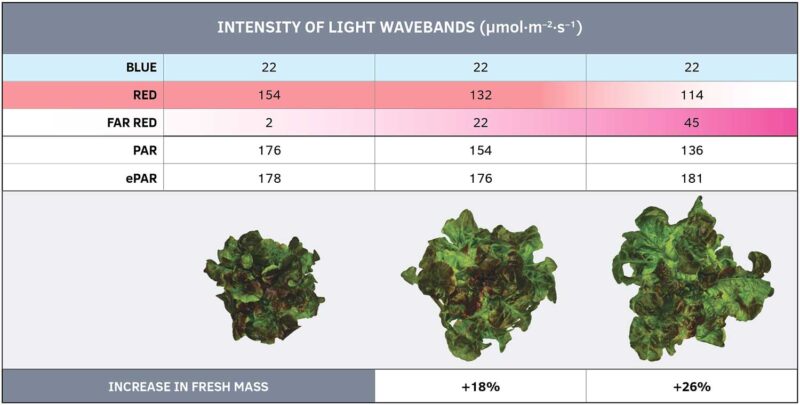
For example, an experiment performed indoors with lettuce showed that plant growth increased as red light was partially substituted for far-red light (Figure 1). This occurred even though PAR actually decreased while ePAR was similar among treatments.
However, more than a moderate amount of far-red light can have negative effects on plant quality. As the proportion of far-red in a light spectrum increases, leaves become larger but thinner and lighter in color. In the production of ornamentals, plants can also become undesirably tall.
Therefore, at least in some cases, the maximum desirable percentage of far-red light in a light spectrum could be 10% to 20%. More research is needed to fine tune the delivery of far-red light for a variety of crops and growing environments.
PAR is measured by quantum sensors that have been meticulously engineered to specifically measure the 400 to 700 nm waveband. For plant applications, these sensors are vastly superior to other light meters that measure in footcandles or lux. Footcandle and lux meters measure light based on the human eye.
An ePAR quantum sensor is commercially available and measures the 400 to 750 nm waveband. Like a PAR sensor, an ePAR sensor measures the number of photons (in micromoles) per square meter and second (µmol∙m–2∙s–1) but for the extended range.
Many people have defined far-red light as the waveband of radiation from 700 to 800 nm. However, light in the 750-800 nm waveband has little, if any, effect on plant growth or development.
Because of this, some plant scientists are now defining far-red light to cut off at 750 nm. This is consistent with the ePAR waveband, which also ends at 750 nm.
Does this imply everyone needs to replace PAR sensors with ePAR sensors? In most cases, probably not.
Far-red light and ePAR are most relevant for supplemental lighting and especially lighting inside vertical farms. Far-red photons emitted from lighting fixtures have biological activity in plants and thus they should be included in metrics, such as light output (photon flux) and efficacy of a fixture.
Most LED fixtures for plant applications emit little (e.g., 2%) light in the 700-800 nm waveband. Some emit a meaningfully higher percentage of far-red light (7% to 11%), and most of that is within the 700-750 nm waveband. Although far-red light is not considered in the photon flux or fixture efficacy metrics, those photons increase growth. If those far-red photons “counted,” the output and efficacy of those lighting fixtures would be higher.








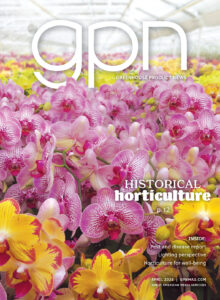
 Video Library
Video Library 









